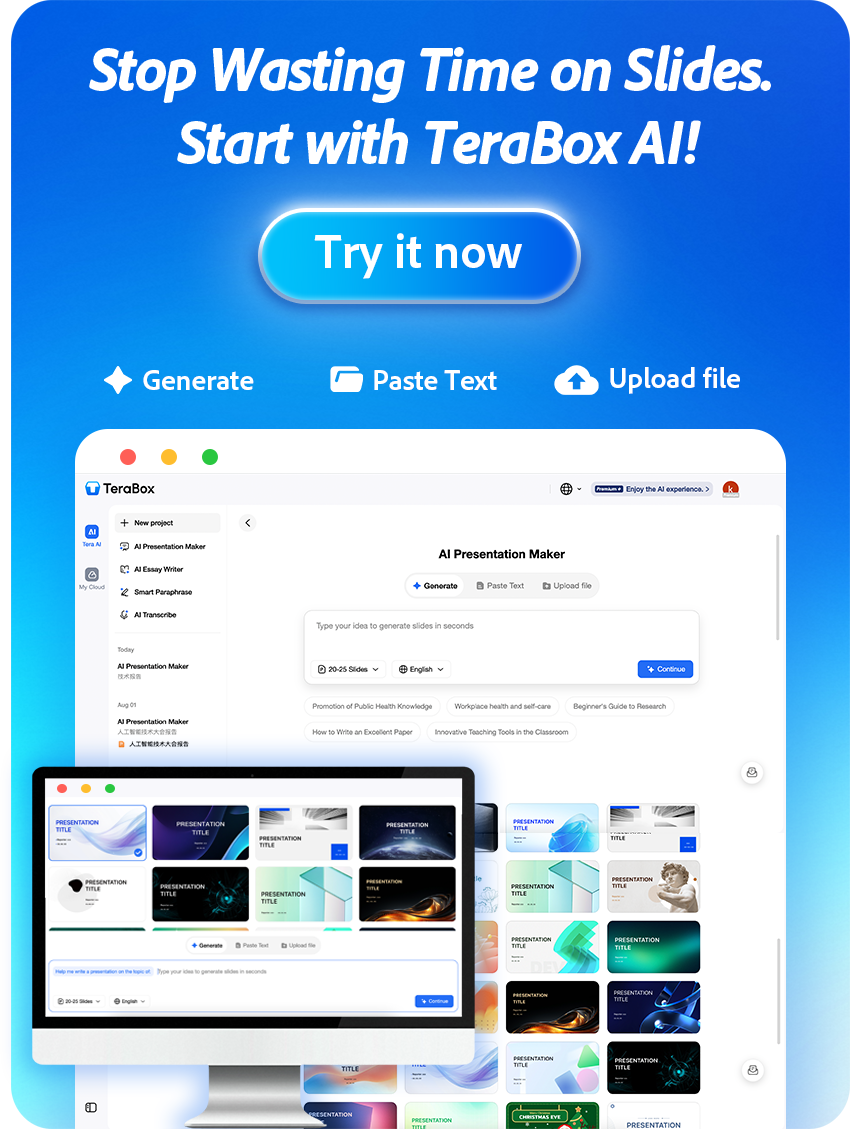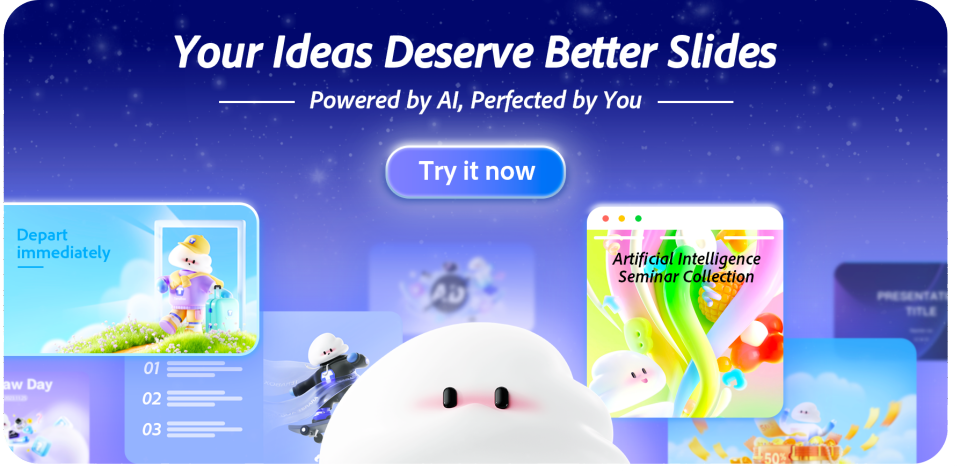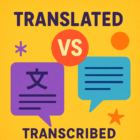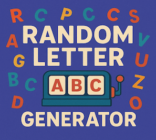In today’s rapidly evolving educational and professional landscape, an AI two person conversation generator is increasingly important for training, learning, and testing. These smart generators produce realistic, goal-oriented dialogue that helps learners practice language, improve communication techniques, and test responses in simulated scenarios. Using conversational AI, you can run two-person role plays with distinct characters, explore different tones and contexts, and build practical skills through repeated, measurable practice. Try a short demo to experience realistic conversations and jumpstart your learning journey.
The growing importance of AI in simulating human conversations is hard to overstate: advances in dialogue models and natural language processing make it possible to recreate believable two-way exchanges for many practical uses. An AI two person conversation generator is a powerful tool that can be used for training (e.g., customer service role-plays), learning (language practice and communication skill building), and testing (evaluating responses, scripts, or system behavior in controlled scenarios).
These dialogue generators give users immersive, interactive environments that mirror real-world conversations. Educators, customer service teams, and researchers can all leverage the same core capability—realistic dialogues with controllable tone and context—to run scenario-based practice, assess performance, and iterate on content or teaching materials. By making practice repeatable and measurable, these tools help creators, trainers, and learners improve faster and with more confidence.
What is an AI Two Person Conversation Generator?
An AI two-person conversation generator is a digital tool that programmatically produces back-and-forth dialogue between two virtual characters to simulate realistic human interaction. At its core this dialogue generator uses natural language processing (NLP) and related models (embeddings, dialogue state tracking, and optionally speech synthesis) to interpret prompts, manage context and turn-taking, and generate coherent responses for each participant.
Definition and core functionality: the generator acts as a tool that (1) accepts a scenario or prompt, (2) assigns participant personas or roles, (3) maintains conversational context across turns, and (4) outputs dialogue (text or audio) that mirrors natural exchanges. That output can be used as practice material, a script for role-plays, or test data for systems.
Difference from single-user AI chatbots: unlike single-user chatbots that respond to one user at a time, two-person generators simulate both sides of a conversation — managing distinct characters, consistent personas, and realistic turn-taking. This enables richer scenario scripts (e.g., customer and agent), controlled variations in tone or difficulty, and easier analysis of conversational outcomes.

Quick example (pseudo-dialogue): Agent: “How can I help today?” — Customer: “I’m having trouble with my order.” The generator manages context so follow-ups and clarifying questions feel natural, letting users practice or evaluate complete conversational flows and scripts.
How Conversational AI Enhances Learning
In today’s educational landscape, conversational AI boosts learning by making practice interactive, repeatable, and context-aware. AI-supported dialogue tools let learners and trainers create controlled scenarios, try different tones, and focus on the specific communicative skills they want to build.
1) Role in language learning and communication skill development.
Conversational AI accelerates language learning by providing realistic dialogue practice at any time. Learners can rehearse interviews, everyday conversations, or role-play exercises with consistent characters that model correct grammar, useful vocabulary, and pragmatic responses. For example, a student can practice a job interview script multiple times until fluency and confidence increase.
2) Scenario-based practice for professional training (e.g., customer support simulations).
For corporate and vocational training, two-person generators create scenario-based practice that mirrors workplace conversations. Customer service reps can simulate difficult calls, practice negotiation scripts, or rehearse escalations in realistic contexts. Trainers can vary tone, difficulty, and response options to measure progress and adjust coaching.
3) Benefits of realistic dialogue practice using AI.
Realistic dialogues improve retention and reduce anxiety by letting users make mistakes in a safe environment and immediately try alternate phrasing or responses. Measurable outcomes include increased practice hours, more diversified conversational contexts, and tracked improvements in response accuracy and fluency. Instructors can use logs of generated dialogues to assess progress and give targeted feedback.
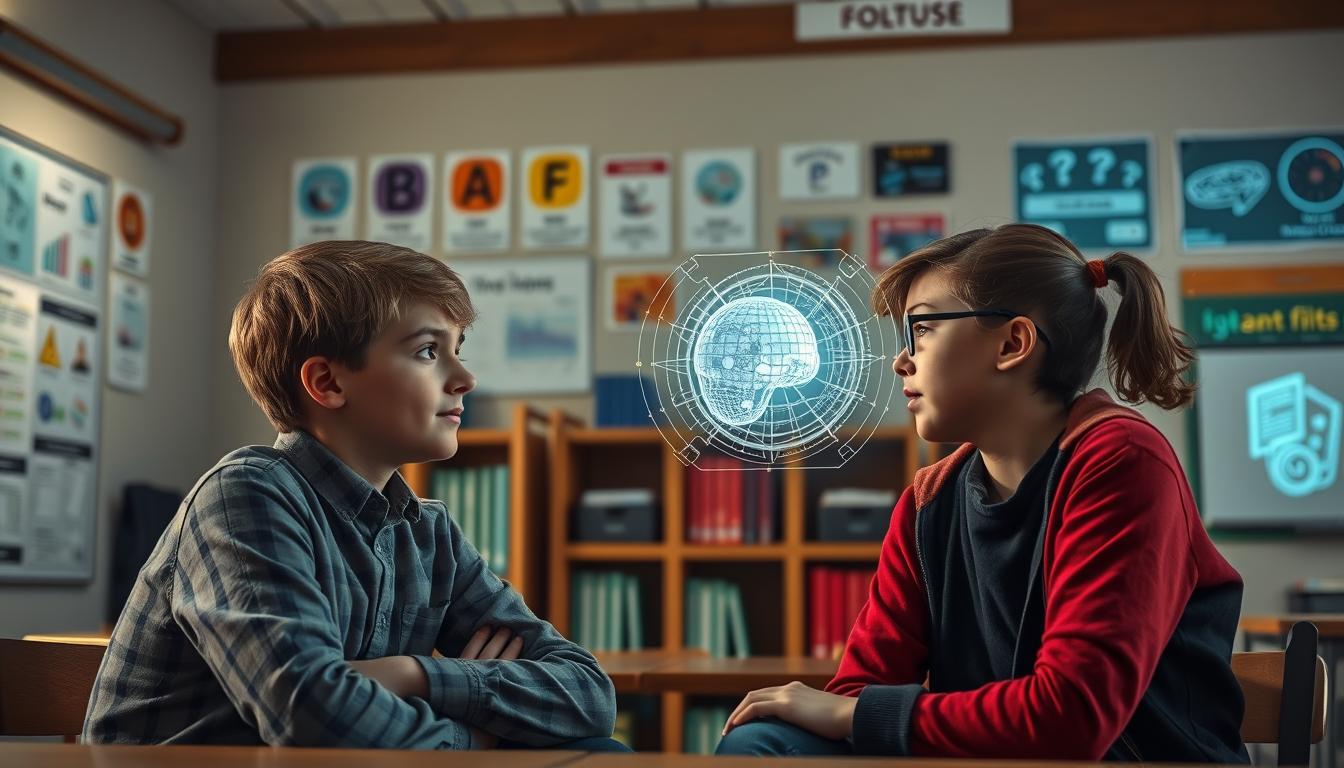
Key Features of AI Two Person Conversation Generators
AI two person conversation generators include several practical features that make dialogue practice effective, measurable, and adaptable to different learning goals.
1)Realistic Dialogue Simulation: Mimics natural human conversation.
These systems generate lifelike dialogue that models turn-taking, interruptions, clarifications, and follow-ups — all the small cues that make conversations feel natural. Practical example: a simulated customer asks ambiguous questions and the agent (second character) practices clarifying requests. Note limitation: text-only generators can be very fluent, while voice-enabled systems depend on speech synthesis quality.
2)Customizable Scenarios: Adjust topics, tone, and difficulty.
Users can create tailored scenarios by choosing topic, setting tone (formal, casual, empathetic), and controlling difficulty or complexity. This lets teachers and trainers create targeted scripts and modify the style or character roles to match classroom or workplace needs. Example: switch a role-play from “friendly support” to “crisis management” to train different responses.
3)Feedback & Analysis: Evaluate responses for learning improvements.
Built-in feedback analyzes user output and highlights areas to improve — accuracy, politeness, vocabulary, or response timing. Outputs can include scorecards, suggested rewrites, or transcript-based notes that help users iterate. Trainers can download conversation logs and use them to measure progress over time.
4)Multi-Platform Access: Works on web, mobile, or integrated apps.
These dialogue generators typically offer multi-platform access so practice fits into users’ routines: web dashboards for teachers, mobile apps for on-the-go practice, and integrations for LMS or chat systems. They often support both text and audio outputs so creators can choose between script-based practice and spoken, voice-enabled rehearsals.

Step-by-Step Guide: Using an AI Two Person Conversation Generator
Utilizing an AI two-person conversation generator can significantly enhance your learning and training outcomes. This practical guide walks you through each step so you get consistent, measurable improvements from generated dialogues.
1)Select a reliable tool or platform.
Choose a generator with clear reviews, good privacy practices, and the features you need (persona control, feedback, audio/text output). Quick checklist: positive user reviews, demo or trial available, and support for the platforms you use. Aim to test a tool for a few hours to evaluate interface, speed, and output quality.
2)Choose the conversation scenario or topic.
Pick a focused topic that matches your learning objective — casual conversation, interview scripts, customer support, or technical troubleshooting. Define the context (setting, goal, constraints) so the generator produces relevant dialogue. Example: “Phone support for late delivery” vs. “Casual small talk with a classmate.”
3)Customize participant personas (formal, casual, professional).
Set persona details for each character: role, tone, background, and objectives. Use short prompts like “Agent — calm, professional, asks clarifying questions” and “Customer — frustrated, detail-oriented.” This control improves the realism of scripts and helps practice across different conversational styles.
4)Generate and interact with the AI dialogue.
Generate the dialogue and interact as needed — reply, ask follow-ups, or let the generator produce both sides for rehearsal scripts. Try different output options (text first, then audio) to work on both writing and spoken delivery. Save multiple script variants for comparison.
5)Analyze the conversation for learning outcomes.
Review transcripts and recordings to score responses on accuracy, tone, clarity, and adherence to the scenario. Look for common errors, missed context, or improvement opportunities. Recommended practice cadence: 30–60 minutes per session, 3–5 sessions per week, and review logs weekly to track progress in response quality and fluency.

Practical Applications
AI two person conversation generators have practical value across education, corporate training, and research—any context where realistic, repeatable dialogue practice or testing matters.
1)Education: Language learning, debate practice, and role-playing exercises.
In classrooms and language labs, teachers use dialogue generators to create controlled practice scripts and role-plays. Students can rehearse interview scripts, debate prompts, or everyday conversations with consistent characters, then switch tone or difficulty to match their level. Example outcome: a learner who practices a 15–30 minute scripted role-play three times a week can gain fluency and confidence faster than with passive study alone.
2)Corporate Training: Customer service, negotiation, and interview simulations.
For corporate trainers, these tools simulate customer interactions, difficult negotiations, and mock interviews so employees can try different approaches without risk. Trainers can run A/B script tests, record audio and text outputs, and score responses to benchmark performance—useful for onboarding, escalation training, and soft-skills development.
3)Research: Studying human-AI interaction or testing AI response quality.
Researchers use two-person generators to run controlled experiments on dialogue quality, bias, or user experience. By varying personas and context, teams can produce reproducible conversation datasets and analyze response consistency, timing, and perspective shifts—helpful for projects that evaluate model behavior or new interaction designs.
Benefits of Using AI Two Person Conversation Generators
AI two person conversation generators deliver practical benefits that accelerate learning, increase engagement, and give users a low-risk space to experiment with different conversational styles.
1)Faster skill acquisition and practice.
Regular, guided practice with generated dialogues speeds up learning by giving learners many realistic interactions in a short time. A suggested schedule is 30–60 minutes per session, 3–5 sessions per week — small, repeated sessions (a few hours total weekly) often produce faster gains than occasional long drills.
2)Safe environment to make mistakes and learn.
These tools create a non-judgmental space where users can try different wording, test tone changes, and make errors without real-world consequences. That freedom encourages creativity and experimentation, which is essential for improving fluency and confidence.
3)Improves engagement and retention compared to static exercises.
Interactive dialogues are more engaging than passive reading or rote drills. To measure retention, track metrics like correct response rate, time to respond, and number of successful exchanges across sessions — teachers can use simple rubrics or saved transcripts to quantify improvement over time.
4)Encourages experimentation with different conversational styles.
Generators let users switch characters, tone, and context (formal vs. casual, supportive vs. assertive) so writers, trainers, and learners can explore storytelling techniques, role-based scripts, and persona-driven dialogue. This helps users develop flexible communication skills that transfer to real-life conversations.
| Benefit | Description |
|---|---|
| Faster Skill Acquisition | Short, repeated practice sessions (hours per week) increase fluency and speed. |
| Safe Learning Environment | Risk-free practice encourages experimentation and creativity. |
| Improved Engagement | Interactive dialogue beats static exercises for retention and motivation. |
| Experimentation with Styles | Try different tones, characters, and contexts to broaden communication skills. |
Recommended Tools and Platforms
Choosing the right conversation generator depends on your goals—language practice, corporate training, or research. Below are a handful of trusted tools (verify current features/pricing before committing) with quick “best for” notes to help you decide.
- CapCut: Best for creators and social media projects — intuitive interface, strong media and video integration, and quick ways to pair generated dialogue with visuals for storytelling or short videos.
- AI4 Chat: Best for customization and research — extensive persona controls, detailed reporting, and options for exporting scripts and conversation datasets for analysis or training projects.
- LiveChatAI: Best for real-time training and customer support simulations — designed for live interactions and integrated apps, useful for role-play practice and scenario A/B testing with audio/text outputs.
- Easypeasy.ai: Best for beginners and classroom use — user-friendly design with straightforward scripting options and fast setup for teachers and students to run dialogue exercises.
Compare features that matter for your use case: support for text vs. voice output, script export, feedback mechanisms, cross-platform accessibility (web, mobile, LMS integrations), and whether the tool supports media (video/audio) workflows. Where possible, test a demo and check whether the platform provides transcript downloads or analytics for measuring learning outcomes.
Common Mistakes and How to Avoid Them
When using an AI two person conversation generator, avoiding a few common mistakes will keep your practice productive and your dialogue quality high. Below are three pitfalls and concrete steps to prevent them.
1)Over-reliance on AI without human review.
Problem: Accepting AI output uncritically can let factual errors, tone mismatches, or subtle bias slip into scripts. How to avoid: institute a quick human-review step—have a teacher, peer, or supervisor skim transcripts for accuracy and appropriateness before using them in training or publishing. Tip: create a short checklist for reviewers (factual accuracy, clarity, cultural sensitivity, learning objective alignment).
2)Using overly complex or irrelevant scenarios.
Problem: Scenarios that are too complex or off-topic confuse learners and reduce practice effectiveness. How to avoid: start with focused, relevant prompts that map directly to your learning goals (e.g., “30-second customer complaint about late delivery”). Example: replace a vague prompt like “business talk” with “phone support call about billing errors.” Keep control of tone and scope to match learner level.
3)Ignoring analysis of AI feedback for improvement.
Problem: Skipping review of feedback or transcripts wastes opportunities to iterate. How to avoid: analyze the conversation outputs regularly—check tone, response accuracy, pacing, and common errors. Use simple metrics (error counts, correct-response rate, time-to-response) and adjust prompts, personas, or scripts based on findings to continuously improve training outcomes.
Conclusion
AI two person conversation generators are transforming how people practice communication: they make realistic dialogue practice accessible, repeatable, and measurable across education, corporate training, and research. These tools help learners and professionals explore different tones, personas, and conversation contexts so practice transfers to real-life interactions.
By combining customizable scenarios with instant feedback and multi-platform access, conversation generators let you experiment safely, track progress, and iterate on scripts or training plans. Try swapping tones, roles, or difficulty levels to see which approaches improve outcomes for your learners or team.
Next steps: test a sample scenario from the recommended tools list, save transcripts for weekly review, and set a simple metric (accuracy or correct-response rate) to monitor improvement. Small, consistent practice sessions will unlock new perspectives and make conversational skills part of everyday life.
